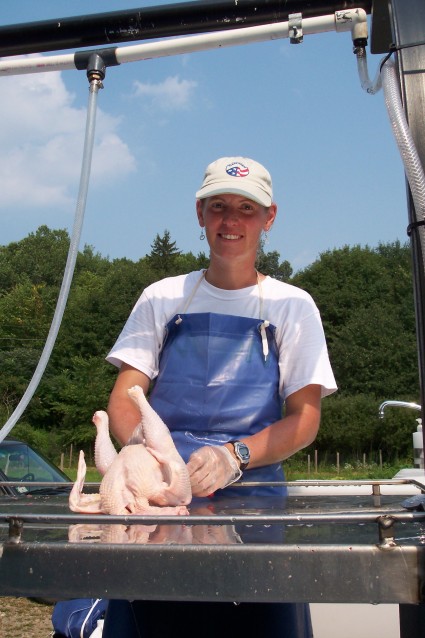 My wife brought home tuna for dinner the other night. My fifteen-year-old daughter, member of her school’s environment club, 4-H, and a consummate organic gardener, whipped out her Monterey Bay Aquarium seafood card to see how tuna ranked.
My wife brought home tuna for dinner the other night. My fifteen-year-old daughter, member of her school’s environment club, 4-H, and a consummate organic gardener, whipped out her Monterey Bay Aquarium seafood card to see how tuna ranked.
Yay! There it was on the Best Choices card. In fact, the card had six variations of tuna and one caveat.
Oh, and look, six variations of tuna and one caveat are also listed on the Good Alternatives card.
Ah crap. There are also about five variations of tuna on the Avoid card.
These cards may have some value as a way to increase public awareness but I think they need a sentence at the top that says something like, “Best not to eat ocean fish period.”
So, what was this lying on our plates? You can imagine how easy it would be to poke fun at three people who, after much deliberation, have no idea if the fish they are about to eat is the worst choice or the best. Not that it matters. Those cards will never make the slightest dent in what kind of fish is harvested. The only thing that can do that are strictly enforced science-based fishing regulations, and even those are far from fool-proof.
A very recent study by Oryx: The International Journal of Conservation had this to say:
“..The report examined the impact of consumer guides to ocean-friendly seafood, and noted that one of the first such programs, wallet cards produced by the Monterey Bay Aquarium in California, had resulted in no overall change in the market and no decrease in fishing pressures on the at-risk species it targeted…”
(Photo credit stev.ie via the Flickr Creative Commons license)



